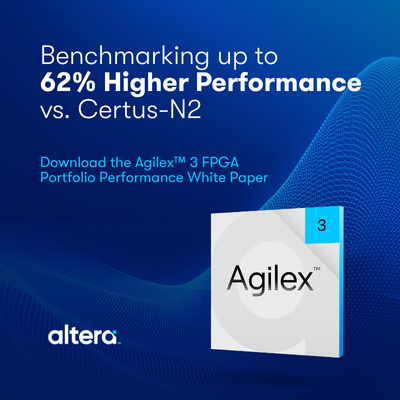Chatsworth, Calif. – March 20, 2025 – Aitech today announced a significant milestone in AI technology with the S-A2300 COTS AI supercomputer. Leveraging NVIDIA’s GPGPU Orin architecture, the new groundbreaking AI supercomputer is specifically designed for Low Earth Orbit (LEO) missions and integrates exceptional computational power with advanced AI functionalities, promising to revolutionize data processing and analysis in the demanding conditions of outer space.
Aitech is showcasing the new S-A2300 COTS AI supercomputer at the Space Symposium in Colorado Springs, Colorado in booth #612 from April 7-10.
“This milestone changes the way today’s space-based infrastructure uses AI to augment military defense, public safety initiatives, and scientific research,” said Pratish Shah, general manager. “By harnessing the immense power of NVIDIA’s Orin GPGPU technology, Aitech’s new S-A2300 AI supercomputer enables space missions to operate smarter, faster, and more sustainably than ever before.”
Designed with NVIDIA’s advanced Orin architecture at its core, the S-A2300 AI supercomputer is engineered to address the unique needs of LEO operations. From real-time image processing and autonomous navigation to advanced climate monitoring and space debris tracking, the system’s exceptional performance offers unmatched potential for innovation and efficiency in space technology. The S-A2300 provides up to 2048 CUDA cores and 64 Tensor cores that reach up to 248 TOPS. The system also features two scalable, highly configurable, dedicated NVDLA (NVIDIA Deep-Learning Accelerator) engines that simplify integration and portability, as well as promote a standard way to design deep learning inference accelerators.
Key features of the S-A2300 AI supercomputer include:
- High-Performance Computing (HPC): Accelerated data processing speeds with NVIDIA’s cutting-edge AI and deep learning technologies
- Small Form Factor Size: Designed for use on 6U Cubesats or larger satellite or payload platforms
- Radiation Tolerant for LEO use: The watchdog and Error Detection and Correction (EDAC) mechanisms are implemented for Single Event Effect (SEE) mitigation; radiation-tolerant and automotive-grade components are selected to ensure reliable operation in LEO environment
- Power and Performance Flexible: Supports multiple power and performance options to meet a broad range of power and mission needs
- Robust Durability: Designed to withstand harsh space environments, including extreme temperatures and radiation
- Adaptability: Seamlessly integrates with multiple mission profiles, from Earth observation to scientific research and satellite operations
The S-A2300 adds to Aitech’s AI-enabled space computer offerings, including the proven S-A1760 Venus™ with NVIDIA Jetson TX2i SoM. The S-A2300 will be available in Q3 2025 for mission development and ready for NEO and LEO flight by Q1 2026. Radiation test reports of total ionizing dose (TID) and proton SEE for the S-A2300 will be available on request in Q3 2025.




